Home / Conventional Co2 Laser
Conventional Co2 Laser
Experience the Transformation with Conventional CO2 Laser Treatment
Overview
The Conventional CO2 laser, also known as the Carbon Dioxide laser, utilizes a specific wavelength of light that is highly effective for various medical and cosmetic procedures. This wavelength allows the laser energy to be well absorbed by water, which is a significant component of skin and tissue. This absorption capability enables the CO2 laser to precisely target and vaporize unwanted tissue with minimal damage to surrounding areas.
CO2 lasers are renowned for their safety and precision, making them ideal for procedures that require meticulous control. They are commonly used for skin resurfacing, treating scars, and removing warts and other skin lesions. The precision of the CO2 laser ensures effective treatment with reduced risk of complications, promoting faster healing and better outcomes for patients.
Types Of Conventional Co2 Laser
The choice of Conventional CO2 Laser treatment depends on the skin concern, desired results, and individual skin type. There are different types of Conventional CO2 Laser treatments, each tailored in depth and intensity to address specific skin conditions and aesthetic goals.
| Treatment Type | Area Treated | Conditions Treated | Probable Downtime |
|---|---|---|---|
| Ablative CO2 Laser | Face, neck, chest, arms, legs | Deep wrinkles, scars, warts, skin lesions | 5-21 days |
| Fractional CO2 Laser | Face, neck, chest, hands | Fine lines, acne scars, sun damage | 7-14 days |
| Traditional CO2 Laser | Face, neck, back, hands, feet | Severe sun damage, pre-cancerous growths | 10-21 days |
| Light CO2 Resurfacing | Face, neck | Fine lines, moderate pigmentation, wrinkles | 7-10 days |
| Superficial CO2 Laser | Face, neck, hands | Superficial scars, uneven skin tone | 5-7 days |
Fantastic Results Of Co2 Laser Treatment
Conventional CO2 laser treatment effectively targets wrinkles, scars, and uneven skin texture. It promotes collagen production, reducing signs of aging and enhancing skin smoothness. Before-and-after images typically showcase improved skin tone, diminished wrinkles, and enhanced overall complexion. The treatment’s precision and effectiveness make it a popular choice for skin rejuvenation.
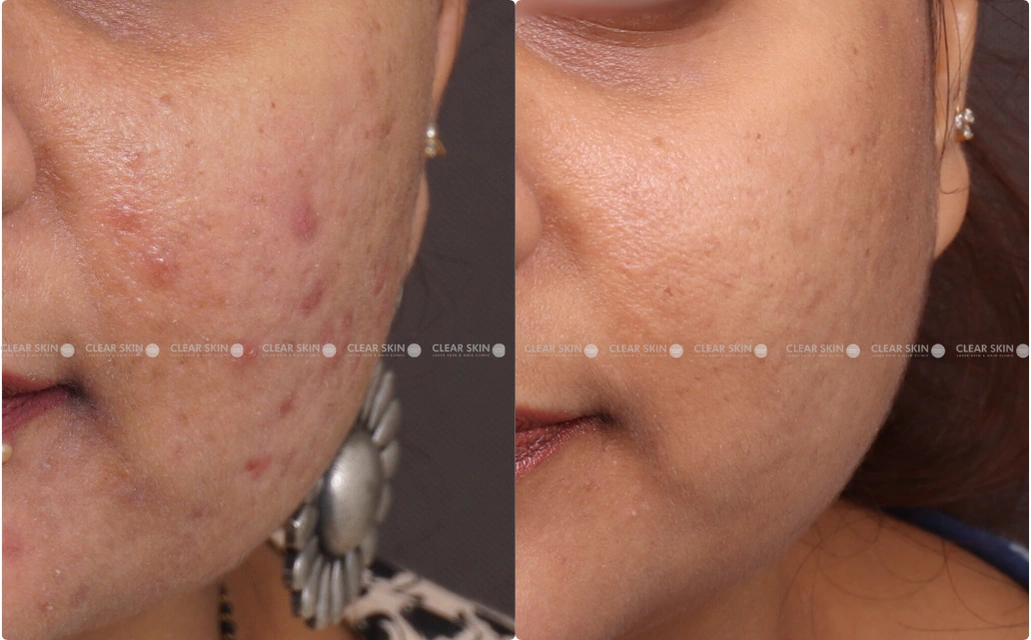
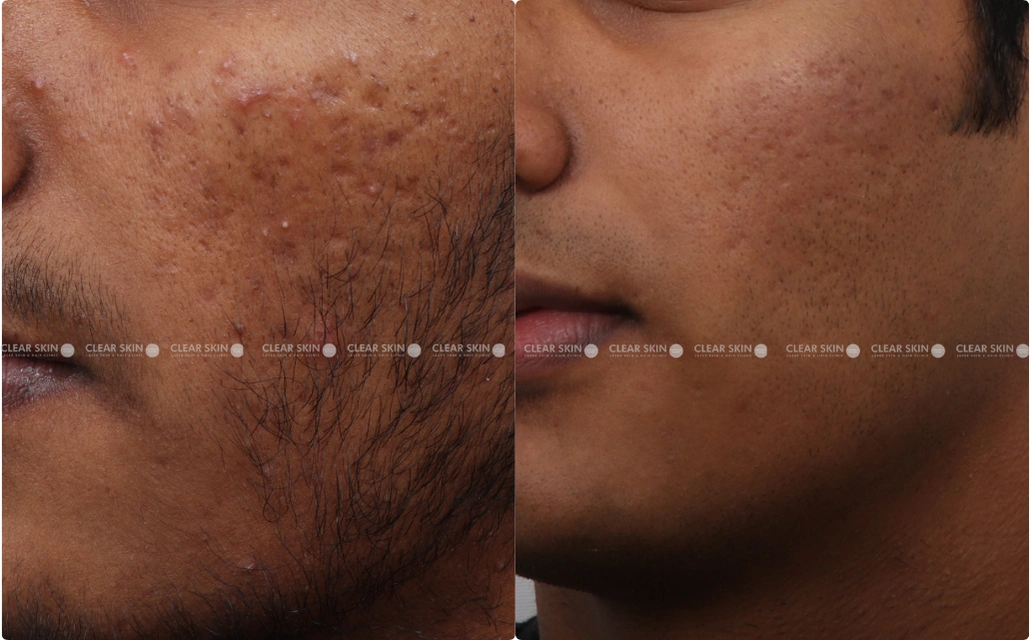
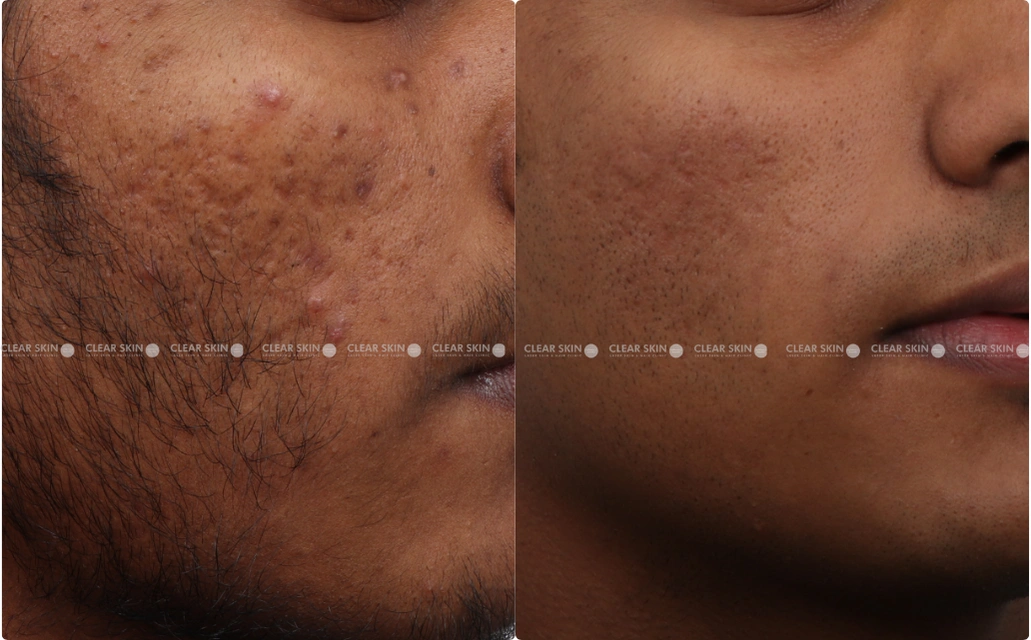
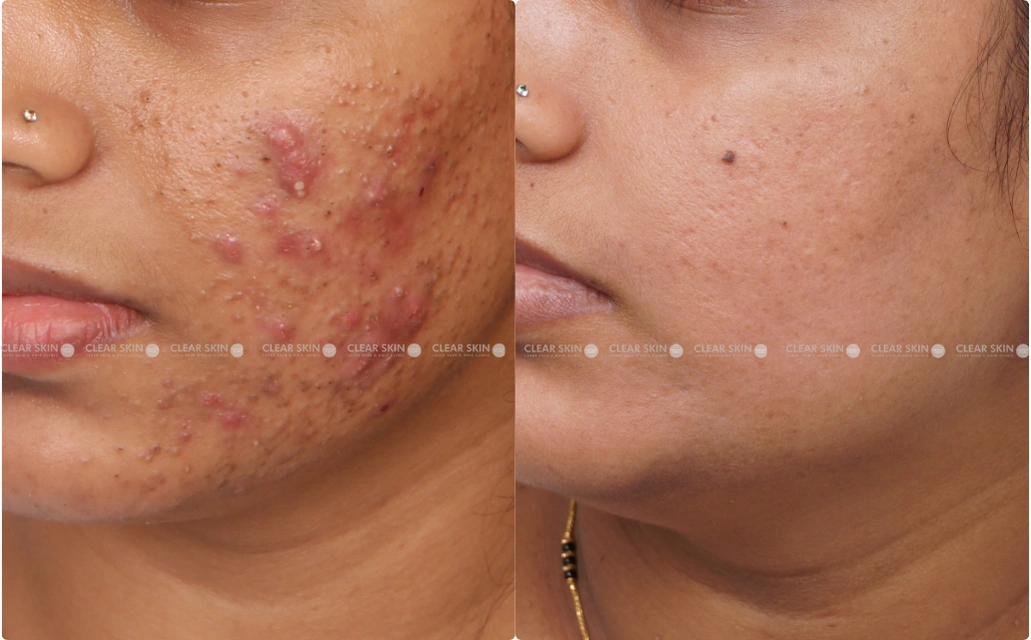
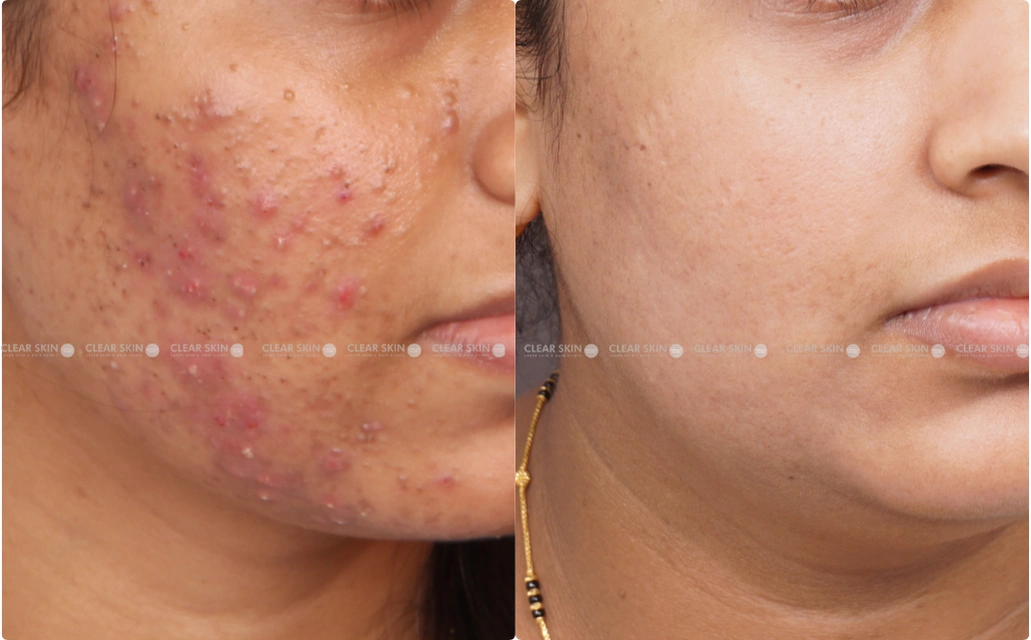
Three and a Half Decade, Thousands of Successfully Treated Patients with Co2 Laser.
(You are one click away from flawless skin)
Cost Of Co2 Laser Treatment In Pune
The cost of conventional CO2 laser treatment in Pune typically ranges between INR 2,500 to INR 10,000 per session, depending on the clinic and the area being treated. Prices may vary based on the complexity of the procedure and the experience of the dermatologist or laser specialist administering the treatment.
| Condition | Min. Cost Per Session | Max. Cost Per Session | Avg. Cost At Clearskin |
|---|---|---|---|
| Acne-macrocomedones | Rs. 2500 | Rs. 10000 | Rs. 3000 – 5000 |
Get Free Cost Estimate For Co2 Laser Treatment
Send your photos and get the tentative cost of treatment at Clearskin
Process Of Conventional Carbon Dioxide Laser Treatment
Patient’s Guide To Conventional Co2 Laser
All you need to know
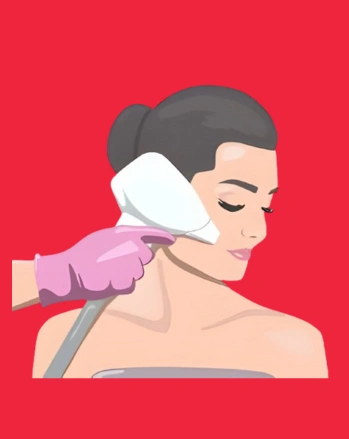
Conventional CO2 Laser treatment uses high-energy beams to resurface the skin, effectively treating wrinkles, scars, and pigmentation for overall rejuvenation.
Steps Involved
1 Preparation
Cleanse treatment area thoroughly to remove makeup, oils, and debris.
2 Anesthesia
Apply local or topical anesthesia for patient comfort during the procedure.
3 Laser Application
Emitting precise CO2 laser wavelength to vaporize damaged tissue and spare healthy skin.
4 Targeted Treatment
Addressing wrinkles, scars, and pigmentation with laser for collagen remodeling.
5 Stimulation of Healing
Trigger natural healing response for increased collagen production and skin regeneration.
6 Post-Treatment Care
Manage mild redness and swelling post-procedure; recommend skincare and sun protection.
The process of a Conventional Co2 Laser involves several key steps:
Preparation: The procedure begins with thorough cleansing of the treatment area to remove any makeup, oils, or debris.
Anesthesia: Depending on the patient’s preference and the area being treated, a local or topical anesthetic may be applied to ensure comfort during the procedure.
Laser Application: The CO2 laser emits a precise wavelength of light that is absorbed by water in the skin. This allows for controlled vaporization of damaged tissue while sparing surrounding healthy skin.
Treatment of Specific Areas: The dermatologist or trained specialist targets each specific skin imperfection or area of concern with the laser. The laser energy creates microscopic columns of thermal damage in the skin, promoting collagen remodeling and skin regeneration.
Stimulation of Healing Response: The controlled thermal damage stimulates the body’s natural healing processes, leading to increased collagen production and improvement in skin texture.
Post-Treatment Care: After the procedure, patients may experience mild redness and swelling, similar to a mild sunburn, which typically resolves within a few days.
Follow-Up: Depending on the treatment goals and the patient’s skin condition, multiple sessions may be recommended to achieve desired outcomes.
CO2 laser treatment is highly effective for reducing wrinkles, scars, pigmentation irregularities, and improving overall skin tone and texture. It is valued for its precision and ability to deliver significant results with minimal downtime compared to traditional surgical procedures.
Post Procedure Care
After the procedure, it’s essential to keep the treated area clean and moisturized using gentle products recommended by your dermatologist.
- Avoiding sun exposure is critical during the initial healing phase to prevent complications such as hyperpigmentation.
- Applying sunscreen with a high SPF and wearing protective clothing when outdoors helps safeguard the treated skin.
- Patients may experience temporary redness, swelling, or mild discomfort, which can be managed with prescribed creams or over-the-counter pain relievers.
- It’s advisable to refrain from strenuous activities and harsh skincare products until the skin fully recovers.
- Regular follow-up appointments allow the dermatologist to monitor progress and address any concerns promptly.
Adhering to these post-care instructions ensures the best possible outcome from CO2 laser treatment, fostering smooth and rejuvenated skin while minimizing the risk of adverse effects
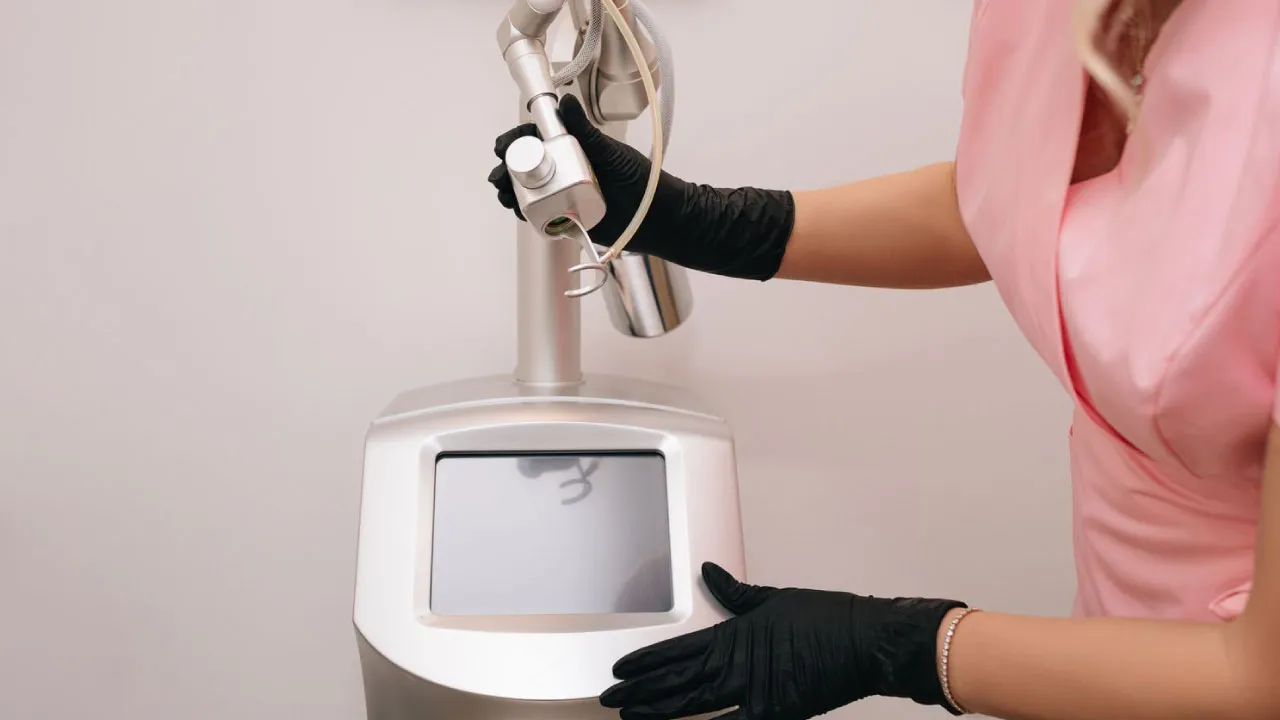
Probable Side Effects
The probable side effects may include:
Temporary Redness and Swelling: Immediately after CO2 laser treatment, patients commonly experience redness and swelling in the treated area, akin to a mild sunburn. This typically subsides within a few days to a week as the skin heals.
Skin Sensitivity: The treated skin may feel sensitive and tender for a period post-procedure. This sensitivity diminishes gradually as the skin undergoes the healing process.
Pigmentation Changes: There is a risk of temporary changes in skin pigmentation, including darkening (hyperpigmentation) or lightening (hypopigmentation) of the treated area. This risk is higher for individuals with darker skin tones.
Crusting and Scabbing: As the skin heals, temporary crusts or scabs may form over the treated area. It’s important not to pick or scratch these to prevent infection and promote proper healing.
Rare Risks: Although uncommon, potential risks include infection and prolonged redness or swelling, particularly with deeper or more intensive treatments.
These side effects are generally manageable and temporary, resolving as the skin regenerates and improves following CO2 laser treatment. Patients should follow their dermatologist’s post-care instructions closely to minimize discomfort and optimize healing.
We Are Here To Answer Every Doubt You Have On Conventional Co2 Laser.
If you don’t find answer to your query, then please write down to us. We are always here to help you.
What is a CO2 laser?
A CO2 laser is a device used in dermatology to resurface the skin, targeting issues like wrinkles, scars, sun damage, and uneven skin tone by removing layers of skin with precise beams of light.
What skin issues can a CO2 laser treat?
CO2 lasers are effective for treating wrinkles, fine lines, acne scars, surgical scars, sun damage, age spots, uneven skin tone and texture, and enlarged oil glands (sebaceous hyperplasia).
What should I expect during the treatment?
The treatment involves numbing the area with topical or local anesthesia. The laser is then used to remove the outer layers of damaged skin, allowing new, healthier skin to form.
How long does the procedure take?
The duration of the procedure can vary depending on the size and number of areas being treated, but typically it ranges from 30 minutes to 2 hours.
Is the procedure painful?
Patients may experience some discomfort during the procedure, but numbing agents are used to minimize pain. Post-treatment, the skin may feel like it has a severe sunburn.
What is the recovery process like?
Recovery involves redness, swelling, and peeling for the first few days to weeks. The skin gradually heals over 1-2 weeks, with redness fading over several weeks. Proper skincare and sun protection are essential during this period.
Are there any side effects?
Common side effects include redness, swelling, and peeling. Rarely, there can be infection, scarring, or changes in skin pigmentation.
How soon will I see results?
Initial improvements can be seen once the skin heals in 1-2 weeks, with full results becoming more apparent over the next few months as collagen continues to rebuild.
How long do the results last?
With proper skincare and sun protection, results can last for several years. However, the natural aging process will continue, and maintenance treatments may be necessary.
Who is a good candidate for CO2 laser treatment?
Good candidates are individuals with significant skin issues such as deep wrinkles, acne scars, or sun damage who are in overall good health and have realistic expectations about the results.
